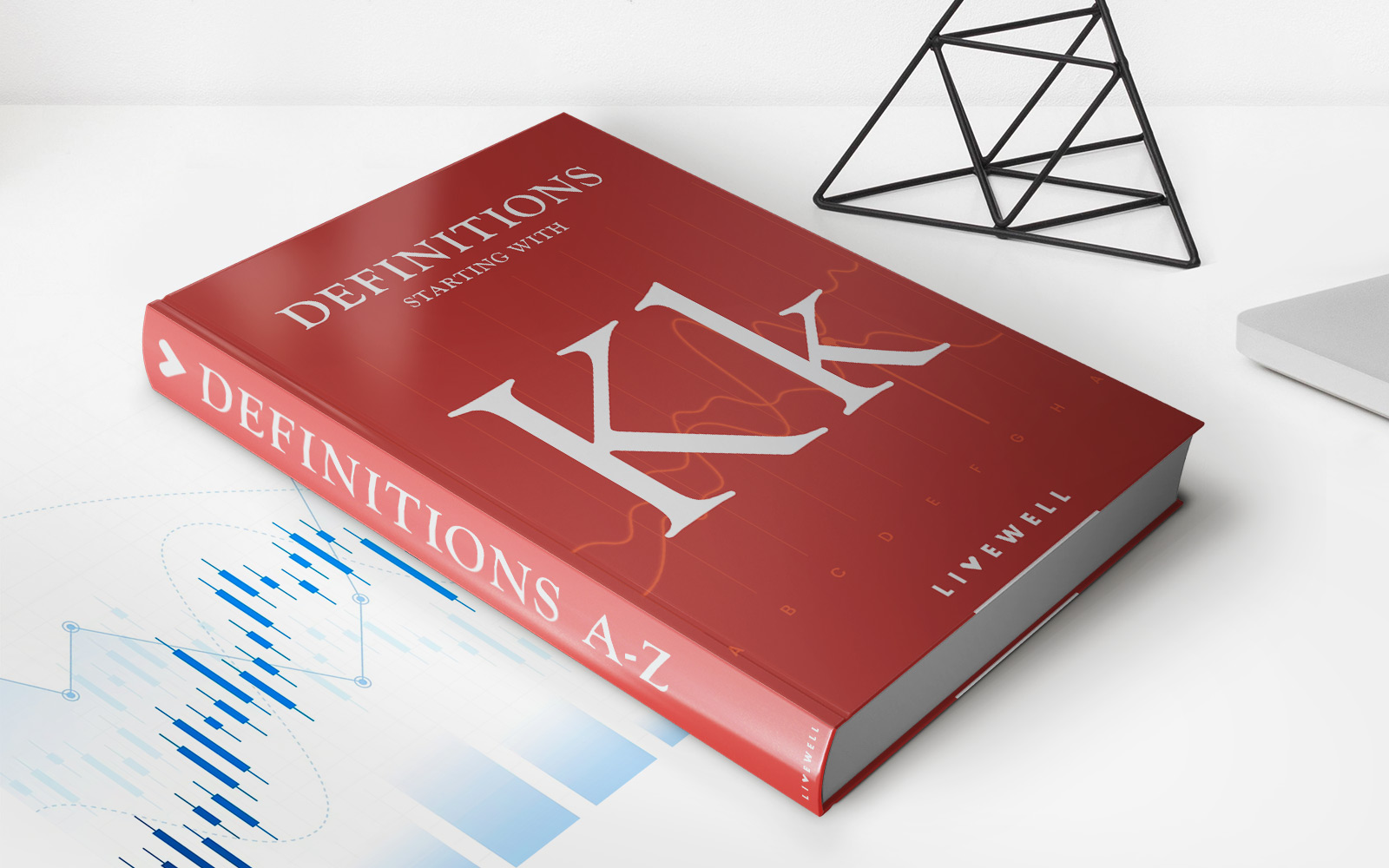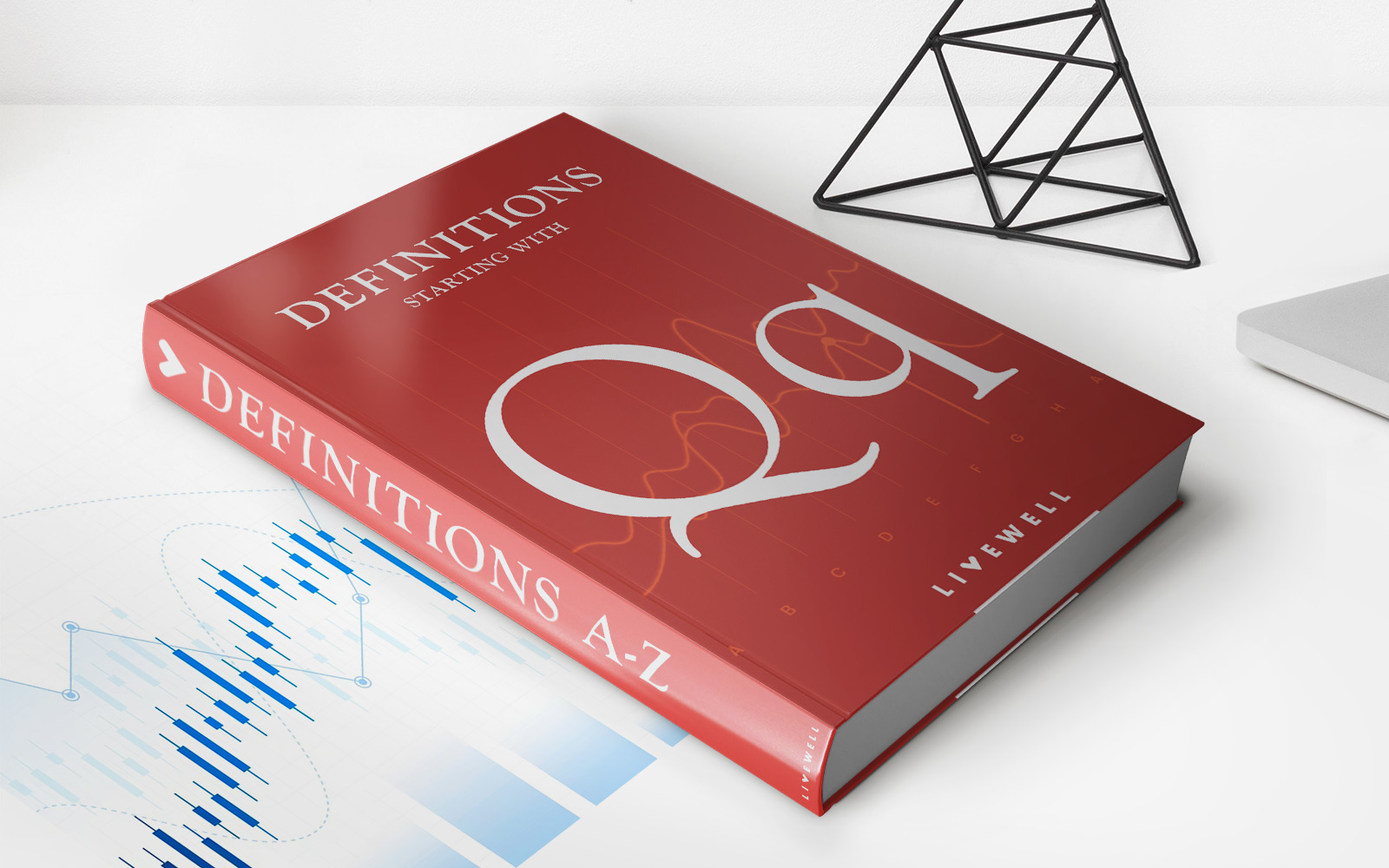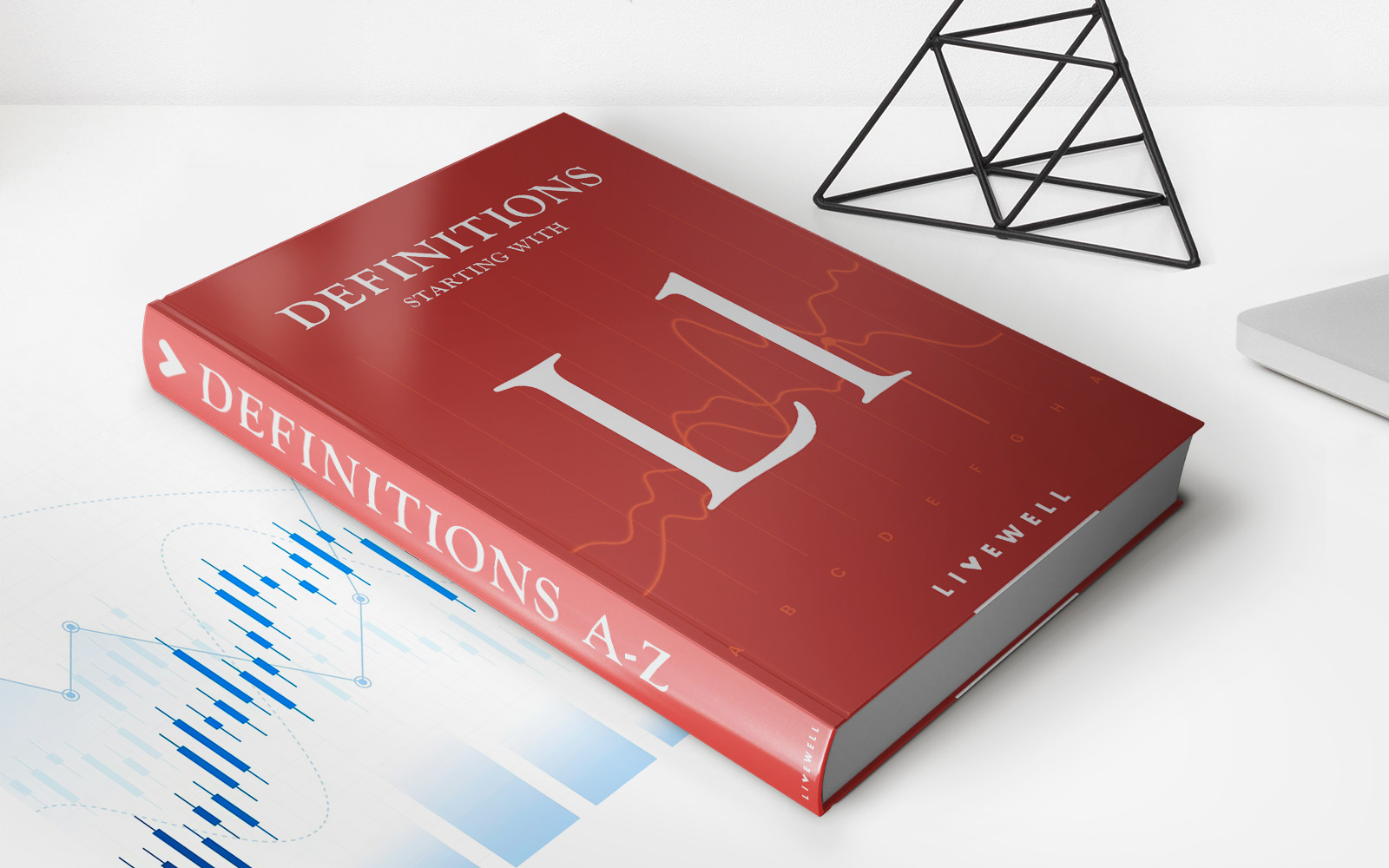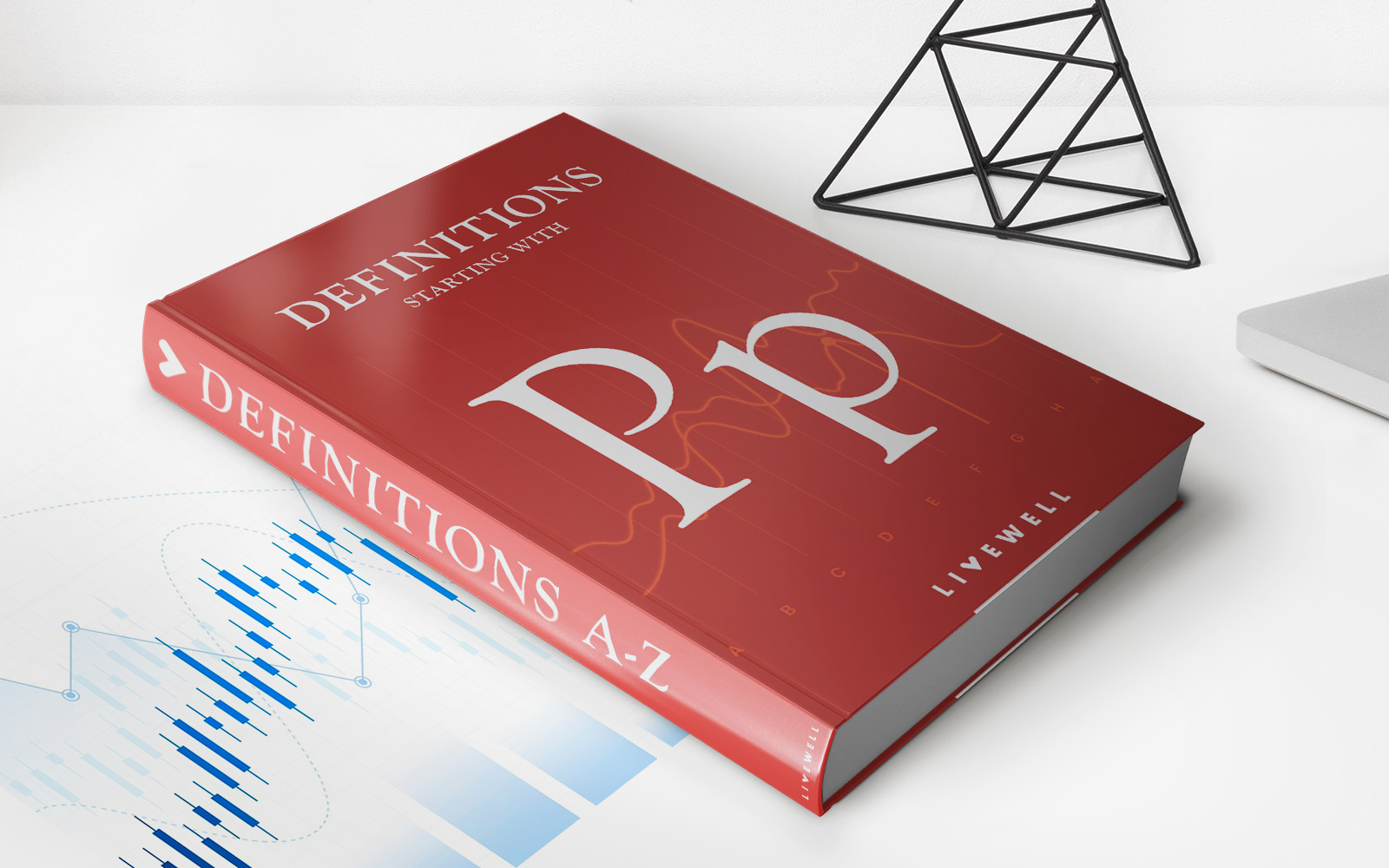

Finance
What Does Excess Mean In Insurance?
Modified: February 21, 2024
Discover what the term "excess" means in the context of insurance and how it relates to your personal finances. Gain a deeper understanding of this important concept.
(Many of the links in this article redirect to a specific reviewed product. Your purchase of these products through affiliate links helps to generate commission for LiveWell, at no extra cost. Learn more)
Table of Contents
- Introduction
- Definition of Excess in Insurance
- Types of Excess in Insurance
- Excess and Deductibles: Understanding the Difference
- How Excess Works in Insurance Policies
- Pros and Cons of Excess in Insurance
- Factors to Consider When Choosing Excesses in Insurance
- Examples of Excess in Insurance Claims
- Conclusion
Introduction
When it comes to insurance, there are various terms and concepts that can be confusing. One such term is “excess.” If you’ve ever come across this term while reading your insurance policy or discussing coverage options with an agent, you may have wondered what it means and how it affects your claims.
In simple terms, excess refers to the amount you must pay out of pocket before your insurance coverage kicks in. It is also known as a deductible or a self-insured amount. Understanding the concept of excess is crucial because it directly affects your insurance premiums and the amount you receive in the event of a claim.
Excess is a common feature in many insurance policies, including auto insurance, homeowners insurance, and health insurance. It serves as a way to share the risk between the policyholder and the insurance company, ensuring that individuals have a financial stake in the protection they receive.
In this article, we will dive deeper into the meaning and different types of excess in insurance. We will explore how excess works, its pros and cons, and the factors to consider when choosing excess amounts for your insurance policies. Moreover, we will provide real-life examples of excess in insurance claims to give you a better understanding of its practical implications.
So, whether you’re a seasoned insurance policyholder or a newcomer to the world of insurance, read on to unravel the mystery behind excess and gain valuable insights into this crucial aspect of insurance coverage.
Definition of Excess in Insurance
In the context of insurance, excess refers to the amount of money that you, as the policyholder, are responsible for paying out of pocket before your insurance coverage comes into effect. It is essentially a form of self-insurance, where you share the financial burden of a claim with the insurance company.
When you make a claim, the excess is deducted from the total amount of the claim, and the insurance company covers the remaining balance. For example, if you have an insurance policy with an excess of $500 and you file a claim for $2,000, you would need to pay the first $500, and the insurance company would cover the remaining $1,500.
The purpose of excess is to discourage small or frivolous claims and to ensure that insurance is primarily used for significant losses or damages. By having an excess, insurers reduce their exposure to frequent and low-value claims, which can help keep the cost of premiums more affordable for policyholders.
It’s important to note that excess amounts can vary depending on the type of insurance policy and the specific terms outlined in your policy documents. Different policies may have different excess structures, which we will explore in the next section.
Understanding the definition of excess in insurance is essential for policyholders as it affects the cost of insurance premiums and the potential payout in the event of a claim. By knowing how excess works, you can make informed decisions about your coverage and evaluate the financial implications of different excess amounts.
Types of Excess in Insurance
Excess in insurance can be categorized into different types based on how it is applied and calculated. Let’s take a closer look at the common types of excess found in insurance policies:
- Compulsory Excess: Compulsory excess is a fixed amount that is predetermined by the insurance company and is mandatory for all policyholders. It is typically set based on factors such as the type of coverage, the insured item or property, and the risk level associated with it. This type of excess cannot be adjusted or removed, and it applies to every claim made under the policy.
- Voluntary Excess: Voluntary excess, as the name suggests, is an optional excess amount that the policyholder can choose to add to their insurance policy. It allows you the flexibility to increase the excess beyond the compulsory amount in exchange for lower insurance premiums. By agreeing to a higher voluntary excess, you’re essentially taking on more of the financial risk, and in return, the insurance company reduces the premium cost.
- Percentage Excess: Instead of a fixed amount, a percentage excess is calculated based on the total claim amount. For example, if your policy has a 10% excess and you file a claim for $10,000, you would be responsible for paying $1,000 (10% of $10,000) as your excess. Percentage excess is commonly found in insurance policies such as health insurance or marine insurance.
- Young or Inexperienced Driver Excess: This type of excess is specific to auto insurance and is typically applied when young or inexperienced drivers are included in the policy. It is designed to mitigate the higher risks associated with less-experienced drivers and may result in an additional excess on top of the standard excess.
- Imposed Excess: Imposed excess is applied when the insurance company deems certain risks to be higher than usual. In situations where an insurer considers a particular risk to be greater, it may impose an additional excess amount. This could apply to factors such as a previous claims history, modified vehicles, or specific geographical locations.
It’s important to review your policy documents carefully to understand the type of excess attached to your insurance coverage. By knowing the specific types of excess and how they are applied, you can make informed decisions when adjusting your excess amounts and selecting the right coverage for your needs.
Excess and Deductibles: Understanding the Difference
Excess and deductibles are closely related terms in the insurance industry, often used interchangeably. While they share similarities, there are key differences between the two. Understanding these differences can help you grasp the nuances of how insurance policies work. Let’s explore the dissimilarities between excess and deductibles:
Definition: Excess refers to the amount that you, as the policyholder, are responsible for paying out of pocket before your insurance coverage comes into effect. It is a fixed or variable amount specified in your policy. On the other hand, a deductible refers to the predetermined amount that the insurance policy specifies that the policyholder must pay before the insurer begins covering the claim. Deductibles are typically expressed as a fixed dollar amount.
Application: Excess applies to the entire claim amount and is deducted from the total sum before the insurance company settles the claim. However, a deductible is applied on a per-claim or per-incident basis. If you have multiple claims within a policy period, you may have to meet the deductible for each individual claim.
Timing: Excess is paid upfront when you file the claim, whereas a deductible is paid when you make a claim or receive the final settlement.
Flexibility: Excess is often fixed or predetermined by the insurance company and cannot be adjusted by the policyholder. On the other hand, deductibles may have different options or levels that policyholders can choose from. Higher deductibles typically result in lower premium costs, while lower deductibles lead to higher premiums.
Insurance Policy Type: Excess is more commonly used in non-health-related insurance policies such as auto insurance, homeowners insurance, or property insurance. Deductibles, on the other hand, are frequently associated with health insurance policies.
Now that you understand the differences between excess and deductibles, you can better navigate your insurance policy documents and discussions with your insurance company. Remember to review your policy carefully to ascertain the specific excess or deductible amounts applicable to your coverage.
How Excess Works in Insurance Policies
Understanding how excess works is essential in comprehending the financial implications of insurance claims. Let’s go through the step-by-step process of how excess operates in insurance policies:
1. Incident Occurs: The first step is experiencing a covered event that triggers a potential insurance claim. This could include a car accident, a break-in at your home, or a medical procedure.
2. Claim Filed: Once the incident occurs, you need to file a claim with your insurance company. You will provide the necessary details of the incident, including the date, time, location, and any supporting documentation requested by the insurer.
3. Excess Deducted: After filing the claim, the insurance company will assess the damages or losses and calculate the claim amount. At this point, the excess amount you are liable for will be deducted from the total claim amount. The remaining balance is what the insurance company will cover.
4. Out-of-Pocket Payment: As the policyholder, you are responsible for paying the excess amount out of pocket to the insurance company. This payment is typically required before the insurer processes the claim and releases the funds for reimbursement or repairs.
5. Insurance Company Reimburses: Once the excess is paid, the insurance company will reimburse you for the remaining claim amount, up to the coverage limits specified in your policy. Alternatively, the insurer may directly pay for repairs or services, depending on the nature of the claim.
6. Policy Renewal and Premium Adjustments: Remember that claims involving excess can impact your future insurance premiums. When it’s time to renew your policy, the insurer may take into account the claims history, including the amount of excess paid, when determining your new premium amount. Consistently making claims with high excess amounts can impact the overall cost of your coverage.
Understanding how excess works is vital for managing your insurance claims effectively. By being aware of the process, you can effectively budget for potential out-of-pocket expenses and make informed decisions regarding your coverage and excess amounts.
Pros and Cons of Excess in Insurance
Like any insurance feature, excess comes with its own set of advantages and disadvantages. Let’s explore the pros and cons of having excess included in your insurance policies:
Pros:
- Reduced Premium Costs: One of the significant advantages of having excess in your insurance policy is that it can help lower your premium costs. By agreeing to pay a higher excess amount in the event of a claim, insurers see it as a sign of you taking on more of the financial risk. As a result, they may offer you a lower premium rate.
- Discourages Small Claims: Excess acts as a deterrent for policyholders from making frequent and small-value claims. Since you must pay the initial excess amount, it encourages individuals to think twice before filing a claim for minor damages that may be within their means to handle.
- Shared Financial Responsibility: Excess promotes a shared responsibility between the insurance company and the policyholder. By requiring you to contribute financially towards the claim, excess ensures that policyholders have a vested interest in protecting their assets and minimizing risks.
Cons:
- Financial Burden: If you face an insurable event, you will need to pay the excess amount out of pocket before receiving any reimbursement from the insurance company. Depending on the excess level and the nature of the claim, this can impose a financial burden on the policyholder, especially for high-value claims.
- Potential Underinsurance: Some policyholders may be tempted to increase their excess to reduce premiums significantly. However, this strategy can lead to underinsurance if the excess amount is set too high and the policyholder cannot afford to pay it in the event of a claim. Underinsurance can result in significant financial strain if the claim amount exceeds what the policyholder can cover.
- Less Coverage for Small Claims: Having excess in place may limit the scope of coverage for small-value claims. If the cost of damages or losses is below the excess amount, policyholders will have to bear the entire cost themselves without any contribution from the insurance company.
It’s crucial to weigh the pros and cons of having excess in your insurance policies to determine what works best for your financial situation and risk tolerance. Consider factors such as your budget, previous claims history, and the value of the assets you are insuring. Finding the right balance between excess amount and premium costs is key to ensuring adequate protection while maintaining financial stability.
Factors to Consider When Choosing Excesses in Insurance
Choosing the right excess amount for your insurance policy is an important decision that requires careful consideration. The excess you select can have a significant impact on your insurance premiums, the financial burden of a claim, and the overall value of your coverage. Here are some key factors to consider when choosing excesses in insurance:
- Budget and Financial Situation: Evaluate your financial status and determine how much you can afford to pay out of pocket in the event of a claim. Selecting an excess that aligns with your budget is crucial to avoid any financial strain or potential underinsurance.
- Risk Tolerance: Consider your risk tolerance level when choosing an excess. If you have a higher risk tolerance and are comfortable taking on more financial responsibility, a higher excess amount might be appropriate. On the other hand, if you prefer greater protection and peace of mind, opting for a lower excess would be more suitable.
- Claims History: Take into account your previous claims history. If you have a track record of few or no claims, you may feel more comfortable selecting a higher excess. However, if you have a history of frequent claims, a lower excess might be more appropriate to help manage the financial burden.
- Asset Value and Risk Level: Consider the value of the assets you are insuring and the associated risk level. For high-value assets or assets with a higher risk of damage or loss, you might opt for a lower excess to ensure sufficient coverage and minimize potential out-of-pocket expenses.
- Impact on Premiums: Understand the impact of different excess levels on your insurance premiums. Be aware that higher excess amounts typically result in lower premiums, but there is a point where increasing the excess might not lead to significant premium reductions. Find the right balance that offers adequate coverage at an affordable premium cost.
It’s important to note that different insurance policies may have varying options for excess amounts. Take the time to review and compare the excess structures offered by different insurers to find the best fit for your needs.
Ultimately, selecting the appropriate excess for your insurance policies requires careful consideration of your personal circumstances, risk appetite, and financial capability. Finding the right balance will help ensure you have adequate coverage while managing your insurance costs effectively.
Examples of Excess in Insurance Claims
To help illustrate how excess works in insurance claims, let’s explore a few hypothetical examples across different insurance sectors:
- Auto Insurance: Suppose you are involved in a car accident, and the total cost of repairs amounts to $5,000. If your auto insurance policy has a $500 excess, you would be responsible for paying the first $500, and the insurance company would cover the remaining $4,500.
- Homeowners Insurance: Imagine there is a break-in at your home, and valuable items worth $10,000 are stolen. If your homeowners insurance policy includes a $1,000 excess, you would need to pay the first $1,000, and the insurance company would reimburse you for the remaining $9,000.
- Health Insurance: Let’s say you undergo a medical procedure that costs $20,000. If your health insurance policy has a 10% excess, you would be responsible for paying $2,000 (10% of $20,000), and the insurance company would cover the remaining $18,000.
- Travel Insurance: Suppose your vacation is disrupted due to a natural disaster, and you incur additional expenses of $2,500 for accommodation and transportation. If your travel insurance policy has a $250 excess, you would need to pay the first $250, and the insurance company would reimburse you for the remaining $2,250.
These examples demonstrate how excess is applied in different insurance scenarios. By paying the excess amount, policyholders share the financial responsibility for the claim with the insurance company. It’s important to note that excess amounts may vary depending on the policy and insurer, so be sure to review your policy documents for the specific details.
Real-life examples of excess in insurance claims can provide a clearer understanding of how this concept applies in practical situations. They showcase the financial impact of excess and highlight the importance of considering your excess amount carefully when selecting insurance coverage.
Conclusion
Understanding excess in insurance is crucial for any policyholder. It serves as a financial threshold that you must meet before your insurance coverage kicks in. By sharing the risk with the insurance company, excess helps keep premiums more affordable and discourages frivolous claims.
Throughout this article, we’ve explored the definition of excess, different types of excess, and how it works in insurance policies. We’ve discussed the pros and cons of excess, factors to consider when selecting excess amounts, and provided examples of how excess is applied in various insurance sectors.
When choosing your excess, it’s important to assess your financial capability, risk tolerance, claims history, and the value of the assets you’re insuring. Finding the right balance between the excess amount and premium costs is key to ensuring appropriate coverage and financial stability.
Remember, the excess amount can influence your out-of-pocket expenses in the event of a claim and may impact your future insurance premiums. It’s crucial to review your policy documents carefully and consult with your insurance provider to make informed decisions.
By understanding the concept of excess and its impact on your insurance coverage, you can navigate the insurance landscape with confidence, knowing that you have taken the necessary steps to protect your assets and manage potential financial risks effectively.














